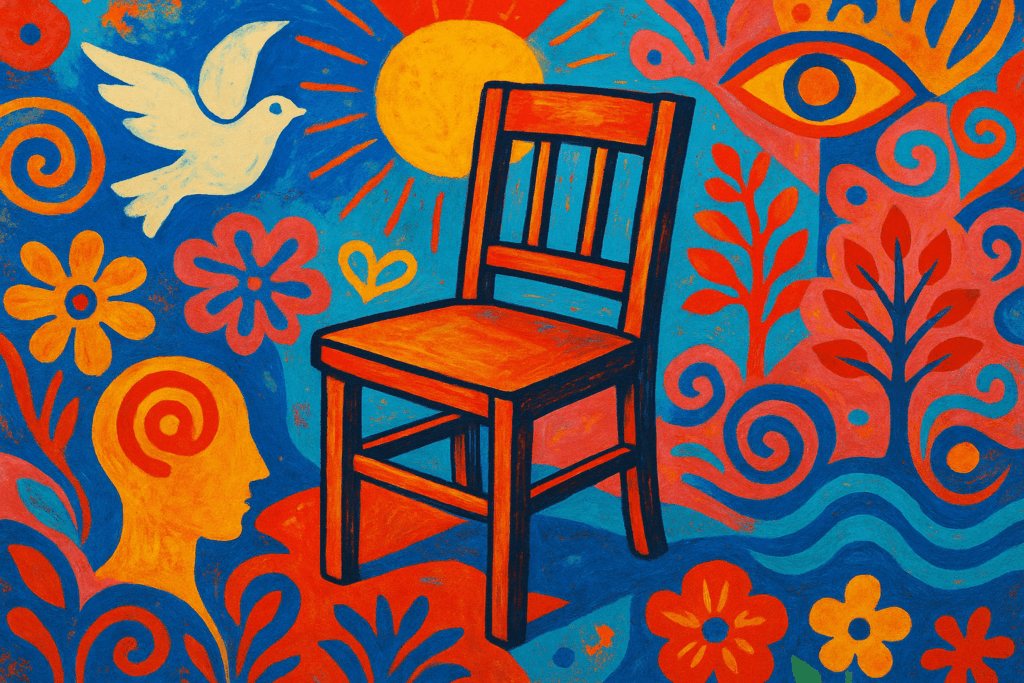The Unseen Stories in Everyday Objects
Chairs: More Than Just Seating
In our daily lives, certain objects become so familiar that their deeper meanings often go unnoticed. Chairs, for example, are more than mere tools for sitting; they carry stories shaped by history, culture, and design evolution. Publications like Magazine C dedicate entire issues to exploring such commonplace items, inviting us to appreciate the hidden narratives behind their creation.
Decoding Design: Function, Form, and Culture
Crafting Legacy: Iconic Examples
Chairs reflect more than comfort—they serve as mirrors of technological progress and societal values. Their form and materials tell us about the era in which they were made and the lifestyle they support. Minjung Kim eloquently describes chairs as revealing “how we live, how we design our spaces, and how we connect technology, culture and art.”
Consider Jean Prouvé’s Standard Chair, which uses industrial materials and methods to deliver functional elegance, embodying the ideals of post-war modernism. Meanwhile, Philippe Starck’s Louis Ghost Chair reinterprets classic forms with modern materials, blending history with contemporary aesthetics. These designs don’t just furnish spaces; they shape everyday experiences and cultural identities.
Your Everyday Design: A Cultural Reflection
The objects around us are silent bearers of cultural expression. By observing and appreciating items like chairs, we connect with a broader story of craftsmanship, art, and social change. Each piece invites reflection on the choices made by its creators and the society that embraces it. Next time you encounter a chair, take a moment to consider its design not just as a functional object but as a cultural touchstone reflecting the world we inhabit.




